
Definition
Tendinitis: Inflammation of a tendon.
General Info
Tendinitis occurs when tendons—the fibrous connective tissue structures that connect muscles to bones—become irritated and inflamed. Inflammation is the localized response by the body to injury or damage caused by chemical, physical, or biological agents. Most tendinitis treated by foot care professionals is caused by overuse, usually from repetitive work tasks or recreational sports. Foot and lower extremity tendinitis can significantly affect a person’s ability to perform his or her activities of daily living.
The inflammation associated with tendinitis is caused by small microtears within the affected tendon. The three main types of tendinitis that can occur in the foot and ankle include posterior tibial tendinitis, Achilles tendinitis, and peroneal tendinitis. Here is a little additional information about each of these tendinitis types:
-
Posterior Tibial Tendinitis: The posterior tibial tendon begins in the calf and runs down the lower leg to the inside of the foot arch. This type of lower extremity tendinitis commonly occurs in people who have flat feet. The stress associated with arch collapse may cause microtears in the posterior tibial tendon, resulting in pain and inflammation.
-
Achilles Tendinitis: Achilles tendinitis is characterized by pain and other symptoms at the point where the Achilles tendon attaches to the calcaneus, or heel bone. Pain in the back of the heel is often accompanied by a palpable lump in the Achilles tendon. This problem is common among athletes, especially runners. Rapid increases in training volume, certain training errors, and carrying a heavy pack for prolonged periods may all contribute to Achilles tendinitis.
-
Peroneal Tendinitis: The peroneal tendons are located on the lateral, or outside, aspect of the ankle and help stabilize the foot and ankle during gait. Excessive stress on the peroneal tendons from foot injury-induced gait changes may cause microtears in these structures, leading to pain and swelling on the outside aspect of the foot and ankle.
Signs & Symptoms
Some of the most common signs and symptoms associated with foot and ankle tendinitis include:
- Pain
- Heat
- Redness
- Swelling
- Stiffness
- Fever (in some cases)
- Decreased tendon function
Possible Causes
Numerous factors may contribute to or cause foot and ankle tendinitis, including:
- Excessive hill walking or running
- Tight tendons, or tendon contracture
- Foot abnormalities, such as flat feet
- Increasing running mileage too quickly
- Strain, degeneration, or rupture of the involved tendon
Helpful Strategies
Foot and lower extremity tendinitis usually responds to noninvasive, conservative care methods. Beneficial treatment techniques for this health problem include:
- Appropriate lower extremity stretches
- Icing the affected area or using contrast (i.e., hot/cold) therapy
- Rest (especially avoiding activities that exacerbate the condition)
- Shoe therapy (i.e. making appropriate footwear changes or modifications)
Consider asking a naturally-minded foot care professional about the most helpful shoes for treating foot and ankle tendinitis.

WANT TO IMPROVE YOUR FOOT HEALTH?
Let the team at Natural Footgear help you! Subscribe to our newsletter for the latest offers and helpful info, and sign up for our FREE email courses on various topics and foot health conditions.
Sign Up →
Want to Improve Your Foot Health?
We are here to help you every step of the way. Get our newsletter for the latest offers and helpful info, and sign up for our FREE email courses on various topics and conditions, including bunions, hammertoes, neuromas, plantar fasciosis, shin splints, ingrown toenails, and more.
Sign Up →
 The Achilles tendon is a strong cord made of fibrous connective tissue that attaches the calf muscle group to the calcaneus, or heel bone. The Achilles tendon is located at the lower end of the calf, and it is the continuation of the gastrocnemius and soleus muscles. This tendon is one of the strongest tendons in the body and is essential for performing many occupational and recreational activities, especially athletic...
Read more
The Achilles tendon is a strong cord made of fibrous connective tissue that attaches the calf muscle group to the calcaneus, or heel bone. The Achilles tendon is located at the lower end of the calf, and it is the continuation of the gastrocnemius and soleus muscles. This tendon is one of the strongest tendons in the body and is essential for performing many occupational and recreational activities, especially athletic...
Read more




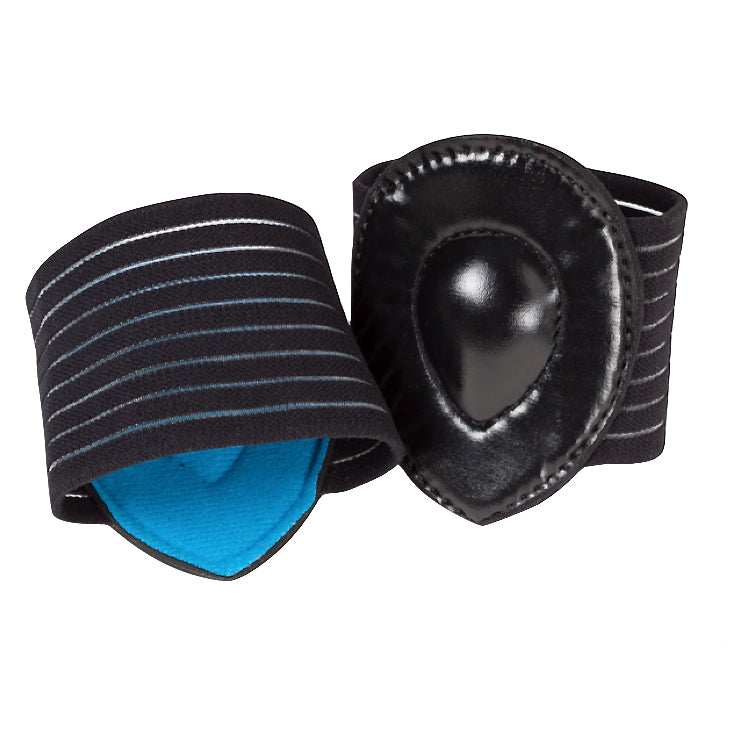
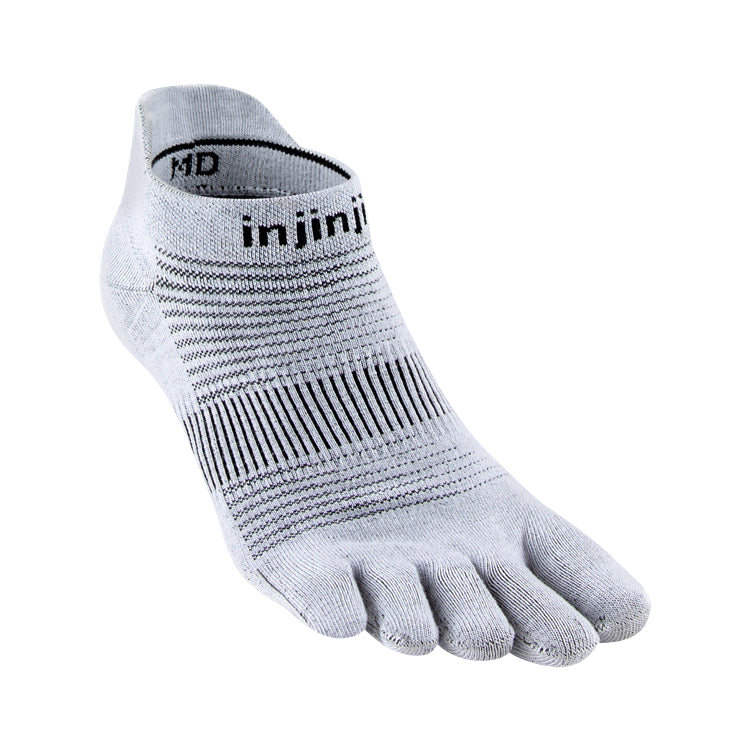
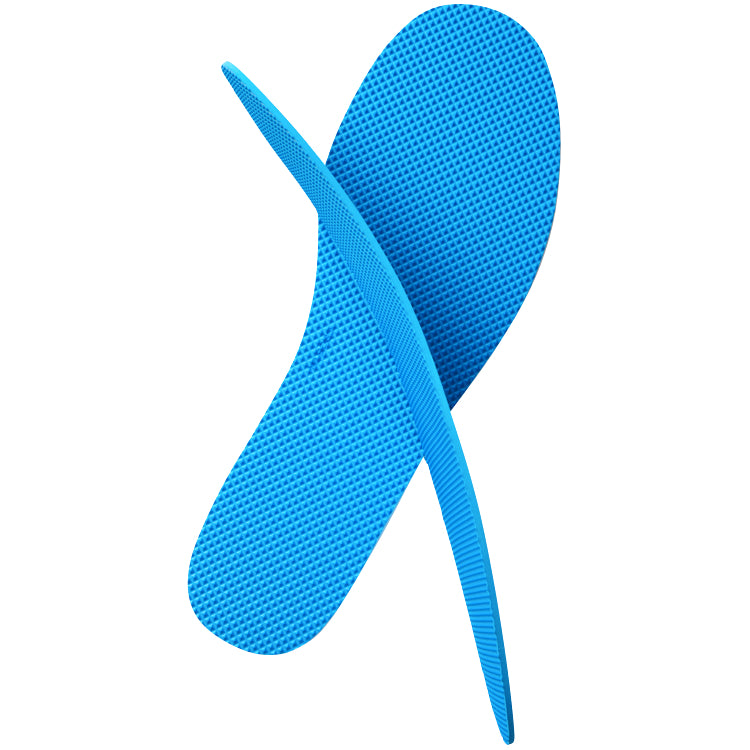

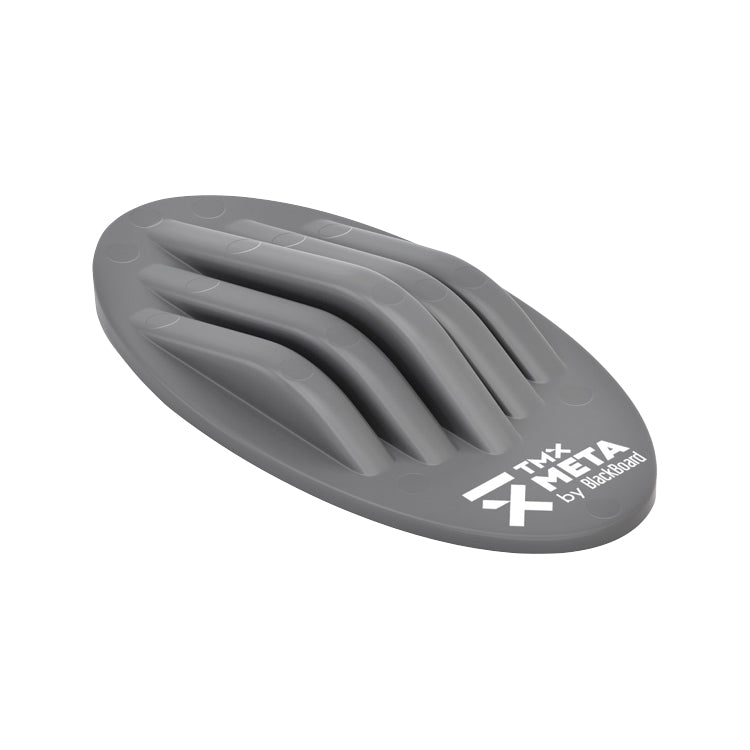

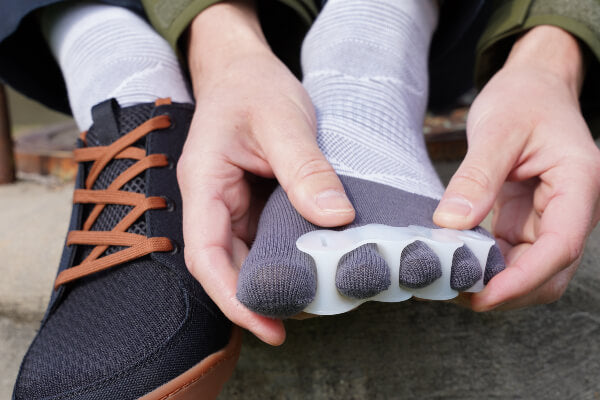
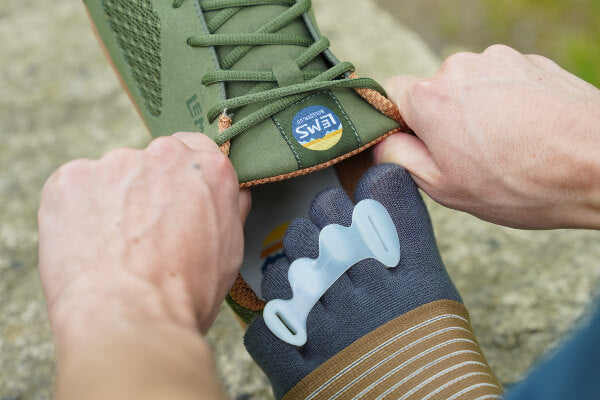
How about a dedicated article on the peroneals, including stretching and strengthening exercises, rehab ideas, etc.? Thank you! I’ve got a very stubborn case of peroneal tendinosis with lateral band PF, all while having flat feet :(
Hi, D,
Thank you for your comment and request! We’ll take your request for that new article into consideration.
Kind regards,
Marty Hughes, DC